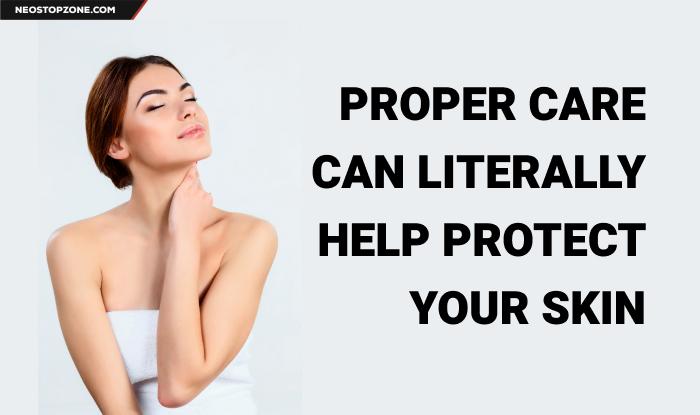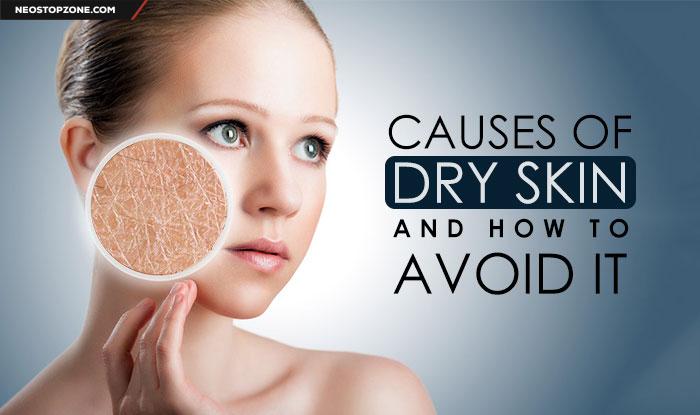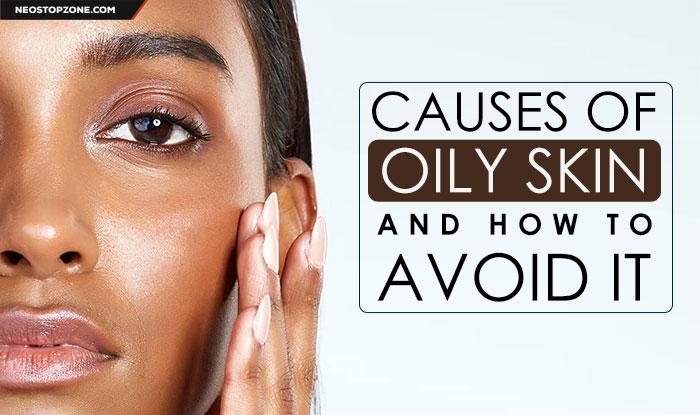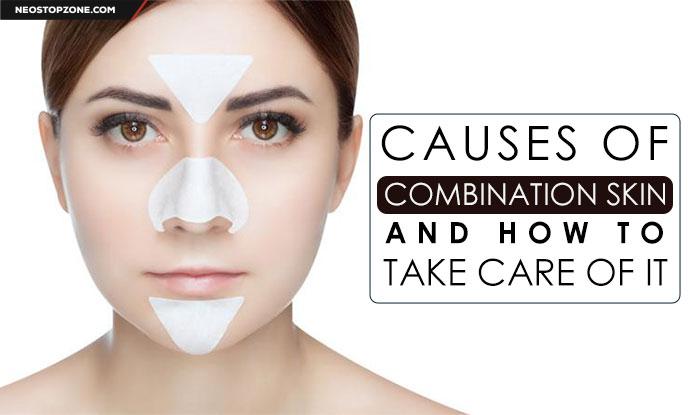Proper care can literally help protect your skin
“UV light exposure increases the risk of developing skin cancers such as melanoma, squamous cell carcinoma, and basal cell carcinoma,” said Dr. Aho Meydaniinterim division chief of dermatology at the Cambridge Health Alliance” It also damages the collagen in the skin, reducing the elasticity of the skin, making it more prone to injury. Older skin has already been damaged the skin. Has reduced elasticity, so it’s important to protect it from the sun and minimize damage.”
Sun protection
Wear a broad-spectrum sunscreen with SPF 30 or higher on all areas covered by clothing. Reapply sunscreen every two hours when you’re in the sun, or after sweating or swimming.
Wear sun protection clothing, such as a wide-brimmed hat, sunglasses with UV protection, light, long-sleeved shirts, and pants. Wear shoes that completely cover the feet.
Seek shade when appropriate, remembering that the sun’s rays are strongest between 10 a.m. and 2 p.m.
UVA penetrates glass, so don’t forget to apply sunscreen when outdoors or sitting in front of a window.
Do not use tanning beds. Tanning bed use, even just once, increases your risk of developing skin cancer, and it accelerates the signs of skin aging.
Eat a balanced diet rich in a variety of fruits, nuts, and vegetables. They contain micronutrients and antioxidants that are needed to protect the skin from sun damage and inflammation. This is especially important in older adults because their natural antioxidant defenses are not as strong as they were when they were younger.
Detection and treatment of skin cancer, especially melanoma, give you the best chance of a successful outcome. Meydani provided the following guidance on recognizing the symptoms of skin cancer.
ABCDEs are an easy-to-remember the sign of melanoma, the deadliest form of skin cancer. If you notice any of these features in a mole, you should get it checked out by a board-certified dermatologist as soon as possible: asymmetry (if one side of the mole is different from the other); border (if the border is irregular as opposed to smooth); color (if there are several colors or there is a change in color); diameter (if it is larger than a pencil eraser); Growth (if there is any change in size, shape or color).
If you notice a wound that hasn’t healed, a growing lump, or a rough, scaly lump, they could be a sign of basal cell carcinoma or squamous cell carcinoma, common skin cancers that need to be evaluated and treated by a board-certified doctor. Should be done by a dermatologist.
Skin Care Tips
AlerisLife, one of the nation’s largest senior living companies, says on its website: “As you age, your skin naturally grows with you. The production of collagen and elastin slows down, causing your skin to lose some elasticity. The skin also becomes thinner and more delicate; the glands lose their ability to effectively moisturize the skin; And so it is more common for older adults to have dry skin is done. A person’s ethnicity and heredity are also factors in the age of his skin,” the site said.
Aleris offers these skin care tips:
Wash gently. Use warm water instead of hot water when washing and avoid taking too many baths or showers. Use mild cleansers instead of harsh soaps and alcohol-based products. Avoid bath oils as they make the tub slippery, increasing the risk of falls.





Can you be more specific about the content of your article? After reading it, I still have some doubts. Hope you can help me. https://accounts.binance.com/pt-PT/register-person?ref=B4EPR6J0